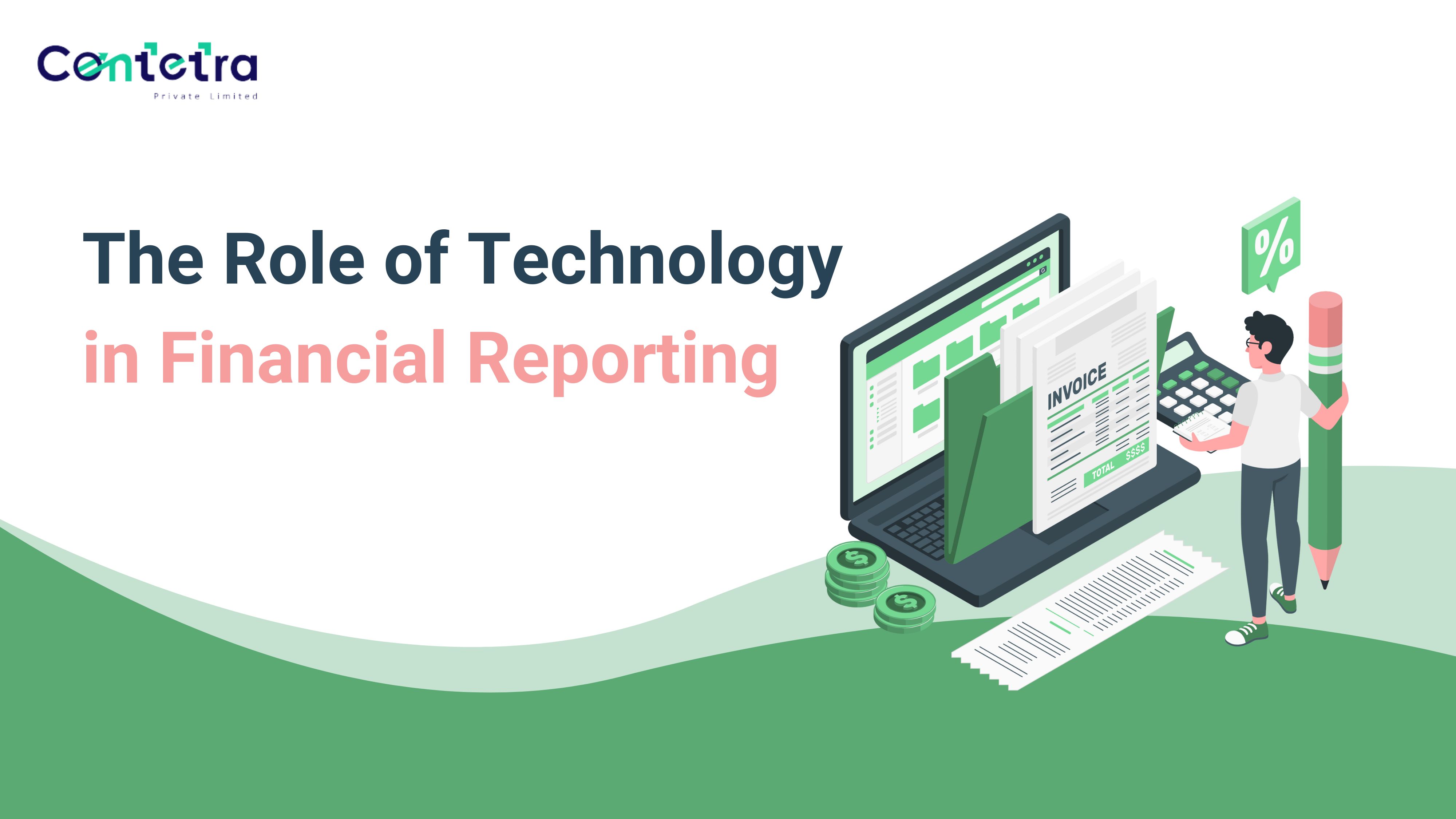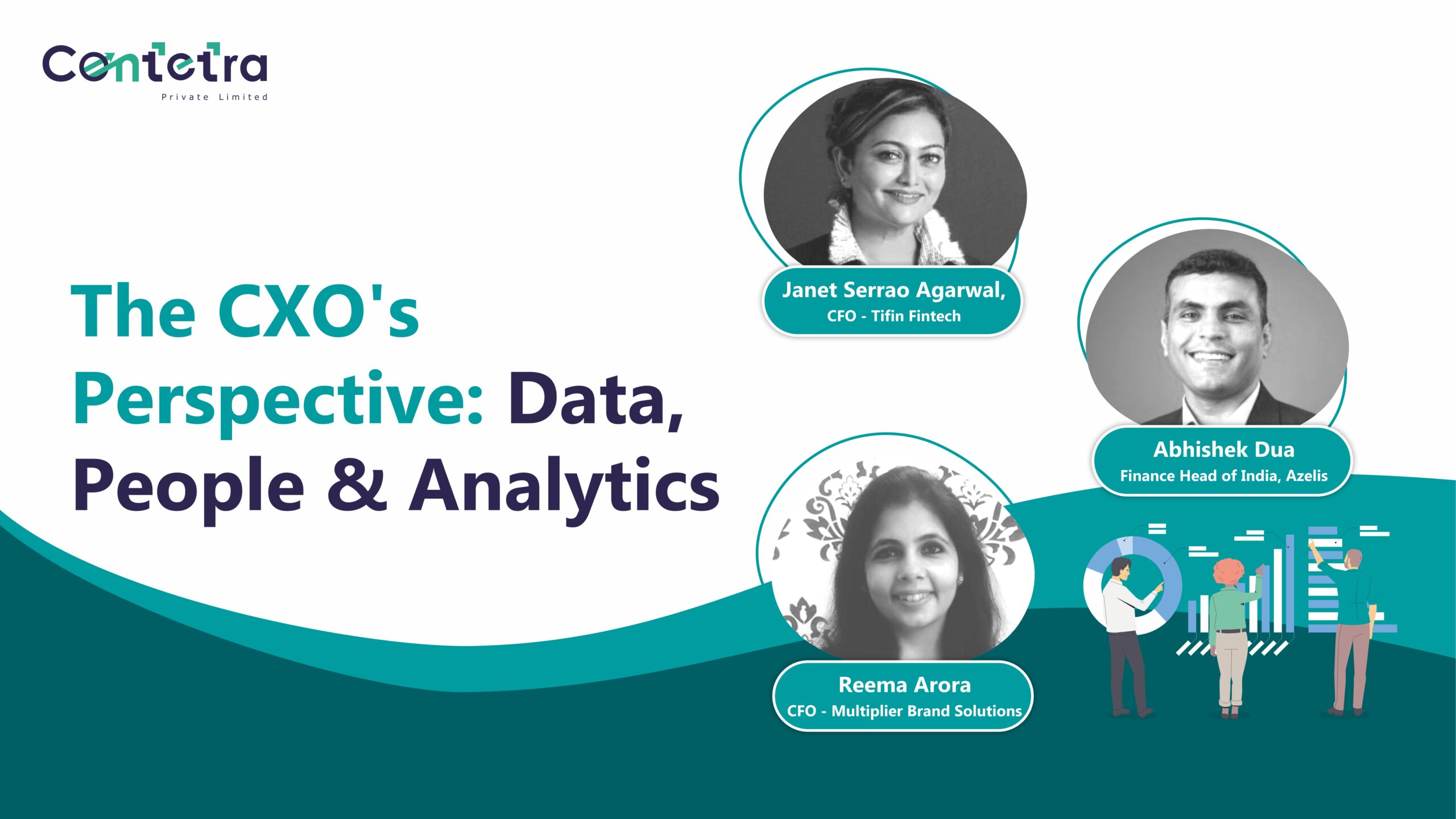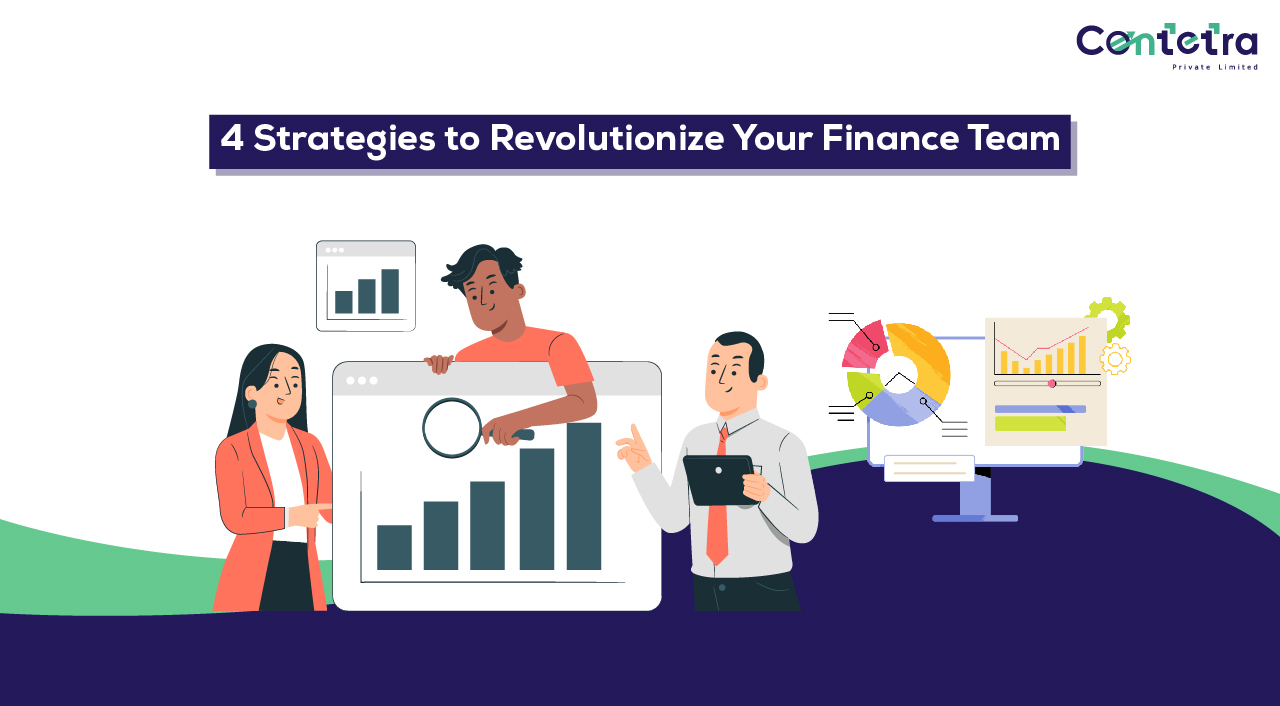The Financial reporting process, a critical aspect of decision-making for businesses across the spectrum, has historically been a labour-intensive and challenging process.
Finance teams tirelessly work month after month to produce accurate and timely reports that drive essential business decisions.
However, outdated workflows and a lack of proper tools have hindered their efforts, leading to delays and frustration. In today’s fast-paced global economy, where real-time insights are paramount, these limitations can no longer be tolerated.
The good news is that the landscape is changing rapidly, and advanced digital technologies are coming to the rescue. The cutting-edge tools have the potential to revolutionize financial reporting, making it faster, more accurate, and highly valuable.
But how can financial teams unlock new capabilities of technology that streamline their entire compliance regulatory reporting process and enhance the value they deliver to their organizations?
Let’s find out!
Overcoming the 3Vs of data
The primary challenge in handling this vast amount of data can be summarized as the “Three Vs”:
- Variety
- Velocity
- Volume
With data coming from various sources, being generated at an incredible rate, and reaching enormous quantities, businesses must have strategies and tools in place to organize and analyze it effectively.
CFOs and other stakeholders expect the finance function to optimize reporting processes, such as accounts payable (AP) reporting, and deliver results as quickly as possible, even in real-time.
However, many organizations struggle to meet these expectations, with data quality being a significant problem for a considerable number of companies. Without executive sponsorship for digital transformation, this challenge becomes even more pronounced.
But, integrating accounting softwares and EPRs, companies can automatically gather financial data from various sources and directly overcome the challenge of the 3Vs.
Enhanced SETA: Speed, Efficiency, Transparency and Accuracy
In today’s rapidly evolving market, companies are constantly seeking ways to gain and maintain a competitive advantage. To achieve greater speed, efficiency, transparency, and accuracy (SETA), businesses are turning to digital solutions. The traditional approach to financial reporting, with its labour-intensive processes and reliance on manual workflows, is no longer sufficient in a world flooded with Big Data.
Therefore, embracing powerful and innovative digital transformation technologies, such as artificial intelligence (particularly machine learning), robotic process automation, and advanced data analytics, becomes essential for finance leaders. Through this, they can redefine the financial reporting process to prioritize SETA, enabling better decision-making across the organization.
Deloitte’s 2016 survey unveiled a stark reality: Finance teams were spending an excessive amount of time in the financial reporting process and financial accounting, consuming almost half (48%) of their valuable time. Consequently, they were left with very little time to communicate those critical results to stakeholders, accounting for less than a fifth (18%) of their overall activities.
Being tech-savvy for business continuity
Embracing technology to safeguard business continuity has become crucial for companies striving to thrive amidst the lingering impact of the COVID-19 pandemic. By facilitating remote work for teams without disrupting operations, technology offers numerous advantages, such as mobile-friendly remote access and decreased reliance on manual intervention.
In fact, Deloitte’s Q2 2020 CFO Signals report highlighted a significant shift in CFOs’ expectations for 2021. They anticipated substantial increases in remote work, automation, and cloud computing. Surprisingly, even after the pandemic, more than 16% of companies across the world fully operate on the WFH model. This suggests that businesses are progressively aiming to minimize their physical facilities while focusing on developing complex, strategic, and resilient supply chains.
As we look ahead, financial technology will assume an unprecedented role in determining competitive performance. Organizations will decrease their reliance on physical assets, instead opting to digitize processes and leverage digital platforms for their workforce. This transformation will be a pivotal factor in establishing a competitive edge in the coming months and years.
Improved compliance and regulatory reporting
Maintaining compliance with ever-changing compliance regulatory reporting is a challenging task for businesses. Technology streamlines this process by automating regulatory reporting. Advanced financial reporting software can incorporate the latest regulatory requirements, ensuring that financial statements are prepared in accordance with the relevant standards.
Additionally, technology helps organizations manage their audit trails and maintain a comprehensive record of financial transactions. This not only facilitates internal audits but also ensures a smooth external audit process with all the necessary documentation readily available.
Here’s how technology can address the complexity of compliance and regulatory bodies:
- Centralized Data Management: Technology enables businesses to maintain centralized and structured data repositories, ensuring consistent and up-to-date financial information.
- Automated Data Validation: Advanced tools ensure accurate financial reports by using automated data validation algorithms that identify discrepancies.
- Integration with Regulatory Reporting Standards: Financial reporting systems integrate with regulatory standards such as IFRS or GAAP, ensuring compliance with specific requirements.
- Real-Time Regulatory Updates: Financial reporting systems receive real-time updates from regulatory authorities, reflecting the latest changes in reporting requirements.
- Data Auditing and Traceability: Technology allows for comprehensive audit trails, ensuring transparency and accountability in financial data processing.
The future of reporting: Cloud Accounting
Cloud-based financial accounting offers abundant opportunities for streamlining accounting processes due to the automation-ready nature of many accounting practices, standards, and features. The inherent strength of technology in handling numerical data makes it highly efficient for accounting tasks. By harnessing the cloud’s flexibility and integrating it with online financial accounting services, organizations can ensure their financial statements are consistently streamlined.
The crux of financial accounting lies in precise data capture and processing. Some financial metrics are intricate and demand accurate calculations, which can be reliably executed through specialized financial accounting software. Ensuring that the financials reflect an accurate portrayal of the business’s financial health relies on the precision of the data.
Cloud-based solutions, while improving accessibility, also come with rigorous security protocols, often exceeding what individual organizations can achieve on-premises. This reassures businesses that their financial data is protected against potential threats.
Ease of insight: The financial crux of reporting
In the contemporary data-driven landscape, effective financial reporting goes beyond mere numbers on a spreadsheet. Modern financial reporting tools harness the power of data visualization, transforming complex financial data into easily understandable and meaningful images. Modern F&A tools offer interactive charts, graphs, and dashboards that empower finance executives to grasp data trends, patterns, and irregularities effortlessly.
But the benefits go beyond just better data interpretation. These tools also provide robust financial analysis capabilities, including scenario planning, forecasting, variance analysis, and monitoring key performance indicators (KPIs). Leveraging these capabilities yields various advantages:
- CFOs can uncover hidden insights, aiding them in making more informed strategic decisions.
- Finance teams can identify opportunities for improvement and potential risks.
- Stakeholders gain a clearer understanding of the organization’s financial health.
By streamlining the financial reporting process with automation tools, finance teams can generate reports faster and with greater accuracy. This automation also frees up valuable time for more strategic pursuits. Additionally, automating financial reporting ensures regulatory compliance with accounting standards and minimizes the risk of data entry errors.
With the reporting process automated, finance teams can review data more efficiently, enabling them to gain valuable insights to inform business decisions. The use of advanced tools allows for quick report generation, giving finance teams more time to focus on data analysis and make well-informed decisions.
These enhanced visualization and data analysis capabilities provide organizations with powerful insights into their financial performance, empowering them to make more informed and data-driven decisions. Embracing collaborative and financial reporting workflow solutions further expedites the acquisition, evaluation, and transmission of vital financial data.
We hope you found this to be an insightful read!
Follow me on LinkedIn for more about #internationalGAAP #IFRS #BusinessFinance #FPA #FinanceStrategy and more!














